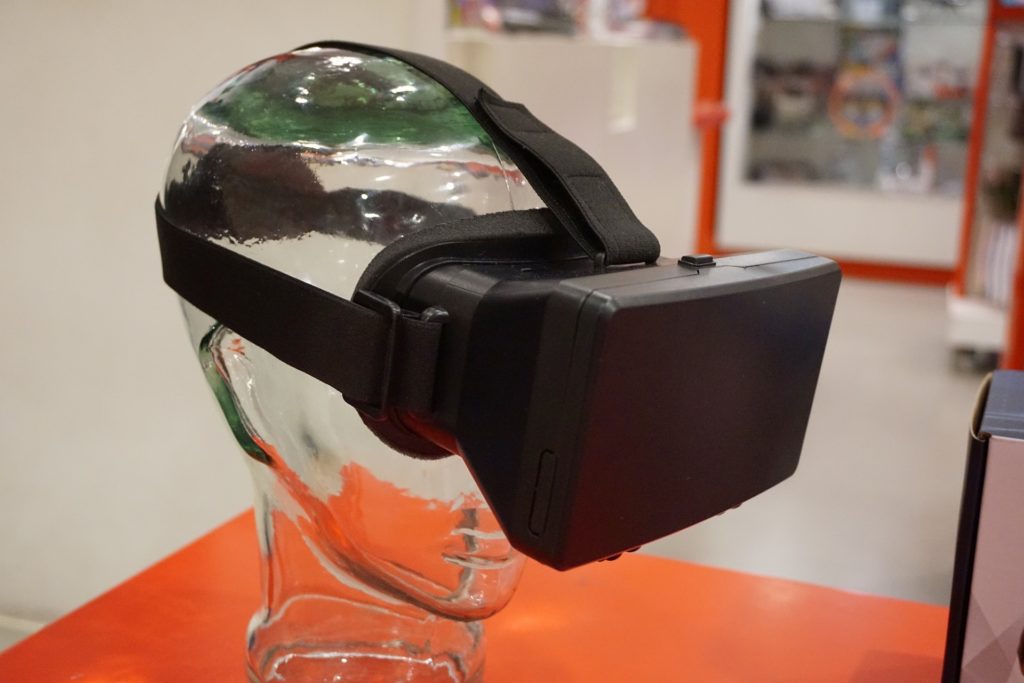The road to mainstream significance has been long and wavering for virtual reality (VR). Introduced to popular culture through classic science-fiction embellishment, it was written off time and time again as a fad and a fraud when real-world technology couldn’t live up to those depictions. But recent years have seen VR headsets (led by the Oculus Rift) achieve meaningful public awareness.
Now that VR is finally on the cusp of general acceptance, a whole world of possibilities has opened up for countless industries—most significantly the gaming world. But what of the ecommerce industry? With user experience (UX) an increasingly-vital factor for setting stores apart, could VR be the next destination for ambitious retailers?
Let’s consider the role that VR is likely to play in the ecommerce world over the course of the next 5 years.
Overcoming the Trust Gap
When you view a product in an online store, your qualitative information is very limited. You can see a comprehensive informational breakdown of how large a table is, for instance, but it won’t give you an idea of how large it seems in the context of the environment you need it for. This results in what is known as the “trust gap”—the disparity between online and offline retail environments that makes online buyers far more reluctant to choose.
In a brick-and-mortar store, you can pick up an item, inspect it as closely as you want, judge the weight and build quality. You can even test it in many cases, or buy it knowing that you can easily return it in the event of a problem. Online, the commitment of buying is more significant, and you are required to trust that the representation is accurate.
VR is going to play a big role in overcoming that trust gap and making consumers less wary about buying certain types of item online. Imagine being able to put on a VR headset and see exactly how big a backpack is relative to you—if it’s definitely suitable, you can then order it knowing that you’ve selected the right size.
Raising Levels of Personalization
As prospective buyers, we like to feel that our retail experiences are unique to us. We like having options, being able to see items in different colors, or different contexts, or even getting to review all our favorite product types in one area. Having a retail assistant who knows what fabrics and styles you enjoy and can pick out a range of shirts for you to try is very helpful.
Through VR, this kind of personalization is not only possible but indeed vastly easier than in any physical store. Just as you can sort products on Amazon, say, you can bring up racks of clothing items in a VR environment and rapidly filter them until you are faced only with viable options.
Ecommerce stores that don’t offer any VR (or augmented reality (AR)) options will be at a disadvantage when competing against those that do, and will need to increase their presentation efforts accordingly—if a rival site allows a user to see a full in-context 3d model of a product and you only offer a handful of 2d images against a white background, which site are they more likely to trust?
Making Experiential Retail a UX Standard
Experiential retail is all about using innovative technology to make the retail process less of a chore in all meaningful senses and more of an enjoyable experience, and VR serves as the glue that holds it all together when embraced to the maximum extent. Even in its relative infancy, today’s VR headset can be the proof-of-concept needed to sell the average user on what the future could bring.
Vancouver-based ecommerce giant Shopify clearly believed this back in 2016 when it became the first retail CMS provider to launch an integrated VR application. Through configuring the Thread Studio app, any client with a site created through its simple-to-build retail shop designer and an HTC Vive headset could pose characters, preview items of clothing on them in 3d, and select designs to push to the production stage.
Since it is now also providing early access to a 3d design program for VR developers looking to enter the industry, my inference is that the VR team was fairly happy with how Thread Studio was received and remains convinced that the industry is only going to grow in the near future. While other ecommerce businesses have been somewhat sluggish, the steady increase in VR-focused extensions suggests that the industry is learning its value.
I don’t think VR will become a mandatory, unavoidable option for ecommerce retailers within the next 5 years, because industry doesn’t move quite that quickly—plus it won’t be cost-effective when deployed at scale until the hardware costs come down dramatically—but I suspect it will be a significant factor in making experiential retailthe new UX standard to aim for.
- The EU’s Article 13: Anything to be Worried About? - October 5, 2018
- How VR Will Transform the Ecommerce Experience in the Next 5 Years - July 18, 2018




VR also provides some new means for scam artists unfortunately.